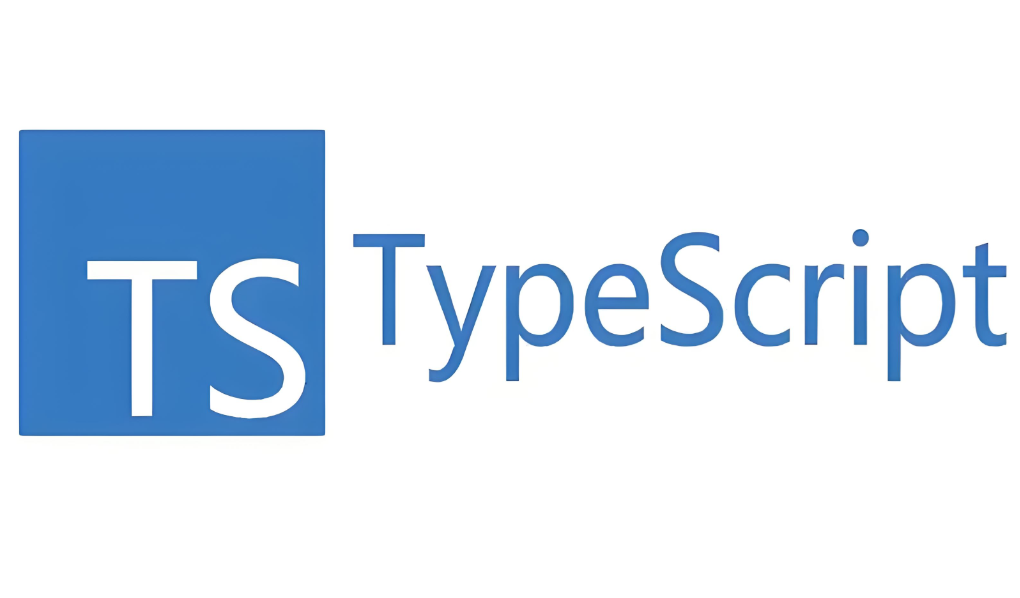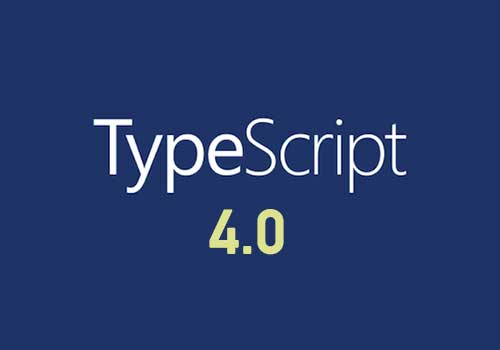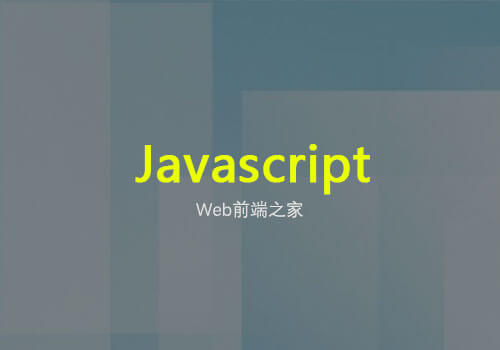
TypeScript 中 type 和 interface 的核心区别在于类型定义范围和扩展机制:interface 专注于对象类型定义并支持声明合并,而 type 可定义任意类型且支持复杂类型运算。
type和 interface都用于定义类型,但它们之间有一些区别:
一、定义方式
1. interface
使用`interface`关键字来定义接口。
通常用于描述对象的形状,即对象的属性和方法。
interface Person {
name: string;
age: number;
}2. type
使用`type`关键字来定义类型别名或联合类型、交叉类型等复杂类型。
type Age = number; type Status = "active" | "inactive";
二、可扩展性
1. interface
可以通过继承来扩展。
interface Student extends Person {
grade: number;
}2. type
对于类型别名,不能直接扩展,但可以通过交叉类型来模拟扩展。
type PersonWithAddress = Person & { address: string };三、重复定义
1. interface
可以多次定义同一个接口,它们会自动合并。
interface Person {
name: string;
}
interface Person {
age: number;
}
// 等效于
interface Person {
name: string;
age: number;
}2. type
不能重复定义同一个类型别名。
四、实现方式
1. interface
主要用于描述对象的结构,通常在面向对象编程中使用。
类可以实现接口。
class Employee implements Person {
name: string;
age: number;
}2. type
更灵活,可以用于定义各种类型,不限于对象结构。
总结:`interface` 更适合用于描述对象的形状和结构,以及在面向对象编程中使用。而`type`更灵活,可以用于定义各种复杂类型,并且在一些情况下可以更方便地进行类型组合和操作。
五、使用场景建议
优先使用 interface 的情况:
需要声明合并(如扩展第三方库类型)。
类需要显式实现接口约束。
优先使用 type 的情况:
定义联合类型、元组或需要类型运算(如 keyof、条件类型)。
为复杂类型创建别名提升代码可读性。








网友评论文明上网理性发言 已有0人参与
发表评论: